家用超声波洗碗机整体结构设计
家用洗碗机的设计 【优秀机械毕业设计】【word+9张CAD图纸全套】【带任务书+开题报告+开题论证+中期检查表+选题审批表+外文翻译+】【21页@正文14000字】【详情如下】.bat
中期检查表.doc
任务书.doc
开题报告.doc
开题论证.doc
总汇9张.dwg
正文.docx
选题审批表.doc
目 录
摘要1
1前言1
1.1家用洗碗机简介1
1.2国外发展现状2
1.3 国内发展现状 3
1.4 国内主流产品3
2超声波清洗原理及方案4
2.1超声波清洗原理4
2.1.1概述4
2.1.2超声波清洗的机制4
2.1.3超声空化阀值6
2.2超声波洗碗机方案设计6
3超声波清洗参数7
3.1声强7
3.2频率8
3.3清洗液8
4超声场相对空化强度8
4.1空化强度测量方法原理8
4.2空化强度测量8
4.2.1实验结果处理9
4.2.2实验结论9
5超声波重要参数确定10
5.1温度,清洁时间,超声功率10
5.2餐具合理摆放11
5.3总结11
6洗碗机整体结构设计12
6.1整体方案12
6.2外壳和碗篮12
6.3清洗槽13
6.4进排水系统13
6.4.1水位感应系统13
6.5加热系统14
6.6门开关电路14
6.7喷臂系统14
6.8超声清洗系统15
6.8.1超声波发生器15
6.8.2超声波换能器16
6.9总结17
7结论17
参考文献18
致谢19
家用超声波洗碗机整体结构设计
摘 要:超声波技术在洗碗机领域的应用,使洗碗机的发展更加多元。在洗碗机整体结构、清洗工艺和控制系统三个方面进行改良设计。结构方面,采用不锈钢清洗槽,合理布置超声波系统,喷臂冲水装置和进排水装置等,使结构更加紧凑合理,提升清洗效果。清洗工艺方面,分析洗涤槽内超声波空化强度的分布,选择合适的参数,确定最优的清洗流程。
关键词:超声波;洗碗机;结构设计;
The structural design of home ultrasonic dishwasher
Student: Lu Yuxiang
Tutor: Mo Yawu
(College of Engineering, Hunan Agricultural University, Changsha 410128, China)
Abstract: The using of ultrasonic technology make the development of dishwasher more diversified. This paper has improved and redesigned the overall structure of the dishwasher, the cleaning process and control system. The structure: the cleaning tank is made ??of stainless steel. The dishwasher consists of reasonable layout of the ultrasonic system, the spray arm flush device and the plumbing system, so that the structure is more compact and reasonable, to improve the cleaning effect. Cleaning process: figuring out the distribution of ultrasonic cavitations’ intensity and selecting appropriate parameters to determine the optimal cleaning process.
Key words: ultrasonic; dishwasher; the design of overall structure ;
1 前言
1.1家用洗碗机简介
洗碗机是用来自动清洗碗、筷、盘、碟、刀、叉等餐具的设备,在饭后清洁沾满油污的餐具是人们日常生活中不得不面对的一大家务劳动,洗碗机的出现减轻了劳动强度,提高了工作效率,并增进清洁卫生。
早在1850年,Joel Houghton就申请到了世界上第一个洗碗机专利,不过是一个手动设备;1893年世界博览会上,蒸汽船发明人John Fitch的孙女Josephine展出了她设计的手动洗碗机,她也被称为现代洗碗机之母;1920年德国米勒公司制造出世界上第一台电动洗碗机,只不过它当时的外形并不适合家庭使用;1954年美国通用电气公司制造出一台电动洗碗机,这台机器不仅洗涤性能大幅改善,而且外形更适合家庭使用;1978年德国米勒公司有制造出第一台微电脑电动洗碗机,使洗碗机开始进入寻常人家的厨房。
现有的家用洗碗机种类繁多,按控制方式分为机电式控制和电子式控制;按安装方式分为台式、独立式和嵌入式;按洗涤方式分为喷淋式和涡流式。虽然市场上有各式各样的洗碗机,但这些洗碗机基本都有机壳、机门、内胆、控制系统、清洗系统和餐具摆放架等重要部件。
机壳有金属和塑料两种。金属机壳的好处是高档,机械强度高,结构牢固,但它也具有易锈蚀,成本高等缺点;塑料机壳的优点是制作成本低,重量轻,但它有易老化,耐热性差等缺点[1]。
机门通常使用冷轧钢板制成,有上开门式和前开门式两种。通常设置有意外开门保护装置,在儿童或其他使用者不小心在家用洗碗机工作过程中打开机门,洗碗机会马上停止工作,以保护人身安全。
内胆是洗碗机工作的重要部件,市面上的洗碗机产品分为塑料内胆和金属内胆两种。金属内胆具有耐用,耐高温,抗老化,易清洗等优点,缺点是易腐蚀,造价高;塑料内胆也具有上述大部分优点,且造价低,但是一个显著的缺点就是难清洗,易留异味。
1.2 国外发展现状
第一台家用洗碗机起源于德国,同时德国的现代家用洗碗机技术在整个欧洲也处于前列,拥有者BOSCH,Miele,SIEMENS等20多家洗碗机制造商,年产量高达3百万台,消费量也高达1.71百万台,拥有率高达42%。美国是目前洗碗机普及率最高的国家,早在1996年就已达54.9%,同时也是洗碗机生产大国,年产量一直保持在300万台以上,著名企业包括GE等。日本的起步比欧美国家晚了大约30年,并在发展过程中遭受坎坷,现在的普及率仍不及欧美大国,著名企业包括日立,松下,三菱,夏普等均有生产。
国外很多家庭都拥有家用洗碗机,且传统的喷臂式洗碗机十分适合国外餐具的清洗,传统洗碗机是通过电机驱动洗涤泵使洗涤液在一定的压力下从喷臂喷出,形成密集的热水流;喷臂由于受到喷水的反作用而旋转,使洗涤液来回地喷射到各式餐具上,对餐具进行喷射冲洗和淋刷。喷射水流对碗碟表面起机械冲洗作用,洗碗机专用洗涤剂对碗碟表面油污起化学清洗作用,热水起浸泡软化作用。三者联合作用,使碗碟表面油污和残渍分解和脱落,从而达到清洁的目的,且造价低,性价比高,使国外的家用洗碗机的普及率还在不断的增大。良好的市场促进了企业对新型洗碗机的研制和开发,且新型超声波家用洗碗机也开始在国外流行,这种良性循环使国外的洗碗机产业焕发出蓬勃的生机。
1.3 国内发展现状
我国在80年代有了第一台洗碗机,但是发展过程却不尽如人意。1998年,第一台全自动柜式洗碗机在小天鹅诞生,之后,海尔,美的,澳柯玛,格兰仕等企业纷纷进军洗碗机领域。但是,令人遗憾的是,这些国产企业生产的产品主要外销,作为国产企业,却也没有对国内市场有足够的重视。究其原因,大致有以下几点:一台普通的洗碗机动辄几千元,多则上万元,这对普通消费者来说,是一笔不小的开支,其次是耗电量和耗水量大。一台洗碗机完成洗碗、消毒、烘干耗时长。且洗碗机的功率从600W到2300W不等,消费者将承受更多的电费。国内的洗碗机品牌,如海尔、小天鹅、美的等,最低价格都在2000元左右,加上专用的洗涤剂,不仅价格高,而且不环保;传统的洗碗机需要很大的室内空间,在房价寸土寸金的今天,显然是不经济的;另外,洗碗机工作需要采用专用的洗涤剂,并对餐具的形状有一定要求,不适合中式餐具,且中式菜肴油污较多,洗涤相对麻烦,国内洗碗机多为塑料内胆,长时间使用之后,内胆会变得有异味而且油腻难清洗,出现“洗碗机洗碗,人洗洗碗机”的问题。如此,都决定了传统洗碗机难以在中国快速普及[2] 。
1.4 国内主流产品
以美的(Midea)举例,目前在商城大致能见到的型号为WQP6-3207-CN,WQP8-9249A-CN,WQP12-9270-CN。三款洗碗机都针对中式餐具配套了碗篮,并配有消毒程序。
其中,WQP6-3207-CN体积小巧,外观时尚更适合家庭使用。它的洗涤过程为:预洗:对碗具进行强力冲刷,除去残渣;主洗:高温高压水柱,专用洗涤用品作用(2-4个循环,40分钟);漂洗:对餐具进行清洁冲刷(一个循环,14分钟);清洗:最后清洁(一个循环,14分钟);烘干:冷凝式烘干(预热自然烘干)
WQP12-9270-CN与WQP6-3207-CN相比具有容积更大,可以同时清洗12套餐具的优点,且因其采用360°“水枪式”喷淋系统,且内胆采用圆形转角,使其洗涤效果更高效,基本无死角。
总的来说,国内洗碗机产品大体可以满足消费者日常需要,洗涤效果基本满意。但基本是传统洗碗机,超声波洗碗机目前仅主要商业使用,例如欧倍力,康洁仕,在家用领域几乎处于空白。
2 超声波清洗原理及方案设计
2.1超声波清洗原理
2.1.1 概述
声波是人耳能感受到的一种纵波,它的频率在16到16000HZ范围内。当频率超过16000HZ超出一般人耳听范围,就称为超声波。超声波和声波一样,可以在气体,液体和固体中传播[3]。
超声波的主要性质有:(1)超声波能传递很强的能量,超声波的作用主要是对其传播方向上的障碍物施加压力(声压)。因此,有时可用这个压力的大小衡量超声波的强度,传播的波动能量越强,则压力也越大。(2)当超声波经过液体介质传播时,将以极高的频率压迫液体介质质点振动,在液体介质中连续地形成压缩和稀疏区域。由于液体基本上是不可压缩的,由此产生压力正,负交变的液压冲击和空化现象。由于这一时间极短,液体空腔和压力可达几十个大气压 ,并且产生巨大的液压冲击。这交变的脉冲压力作用在邻近的零件表面上回使其破坏,引起固体物质分散,破碎等效应。(3)超声波通过不同介质时,在界面上发生波速突变,产生波的反射和折射。反射能量的大小,决定于两种介质的波阻抗(密度与波速的乘积pc称为波阻抗),介质的波阻抗相差愈大,超声波通过界面时的反射率愈高。(4)超声波在一定条件下会产生波的干涉和共振现象。超声加工的应用有:型孔,型腔加工;切割加工;复合加工和超声清洗。目前所用的超声波清洗机中,空化作用和直进流作用应用更多[4]。
2.1.2 超声波清洗的机制:
由于超声波与声波一样是一种疏密的振动波,介质的压力作交替变化。如果对液体中某一确定点进行观察,这点的压力如图曲线A所示。以静压(一般一个大气压)为中心,产生压力的增减,若依次增强超声波的强度,则压力振幅也随着增加,像图曲线B那样,并产生负的压力。
参考文献
[1]. 王向红、毛汉领.超声波洗碗机的设计构想[J] .广西民族学院学报,2003,5(2):33-35.
[2]. 孙嘉燕,李保红,王述洋.洗碗机现状及实现中国洗碗机普及新探索[J].现代科学仪器,2012:137-141.
[3]. 袁易全.近代超声原理与应用[M] .南京:南京大学出版社,1996:55-64.
[4]. 席细平,马重芳等.超声波技术应用现状[J]. 山西化工,2007,27(1)25-29
[5]. 任建新.物理清洗[M].北京:化学工业出版社,2000:322-383.
[6]. 李玉平、周里群.超声波洗碗机技术[J] .家电科技,2004,12(5):155-156.
[7]. 王向红、毛汉领.超声清洗槽内空化强度的测量[J].应用声学,2005,5(3):188-191.
[8]. 徐苏声、陈晏如.家用电动器具原理及设计[M] .北京:中国轻工业出版社:1997
[9]. 李燕.家用型超声波清洗机设计过程中的几个关键点[J]. 机电信息,2009,24:59-60.
[10].周德麟.超声波洗衣机清洗的机理和结构的探讨.家用电器科技,2002(6):72-76
[11].庄开达.家用洗碗机的外观与工业设计[J] .家电科技,2002,10(4):41-42.
[12].刘晋春、赵家齐、赵万声.特种加工[M] .北京:机械工业出版社:2001
[13] Ermeler K, Pfeiffer W , Schoen D , et al. Surge immunity of electronic equipment. IEEE Electrical Insulation Magazine. 2000. 16 (2) : 12~16
[14].徐涛.超声波发生器电源技术的发展(中).洗净技术,2003,12(9):13-17
[15]. 成大先.机械设计手册[M].北京:化学工业出版社,2003:212-224.
[16]. 赵凯华,陈熙谋.电磁学[M].北京:人民教育出版社,1978, 334.


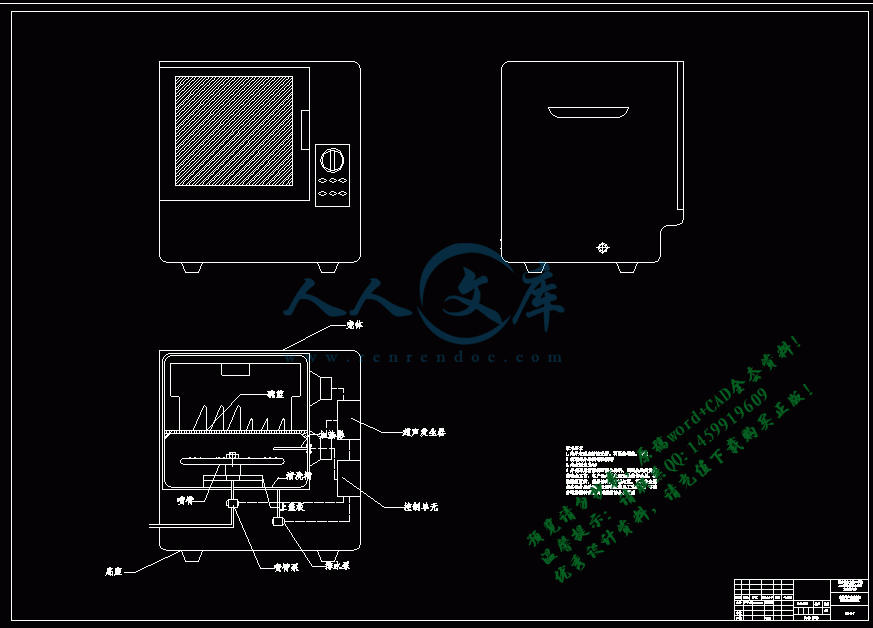
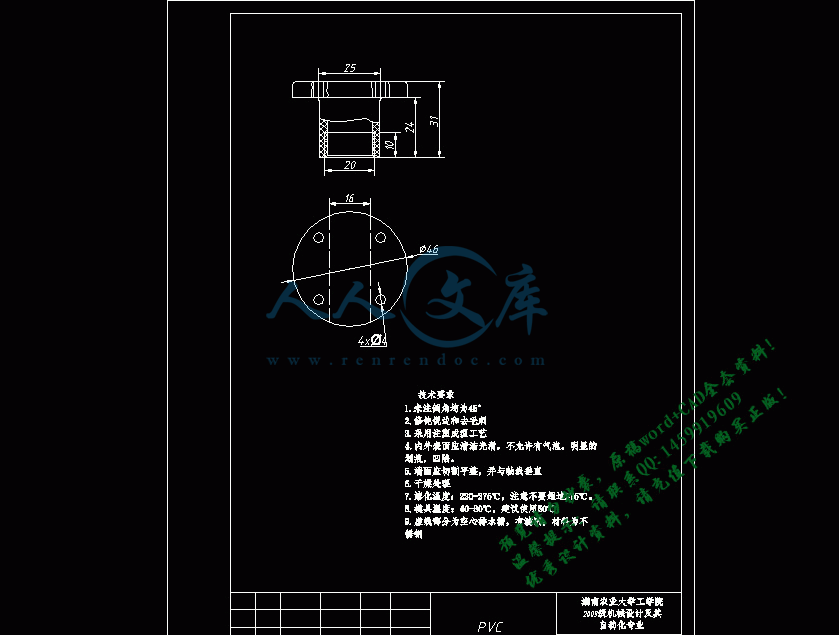

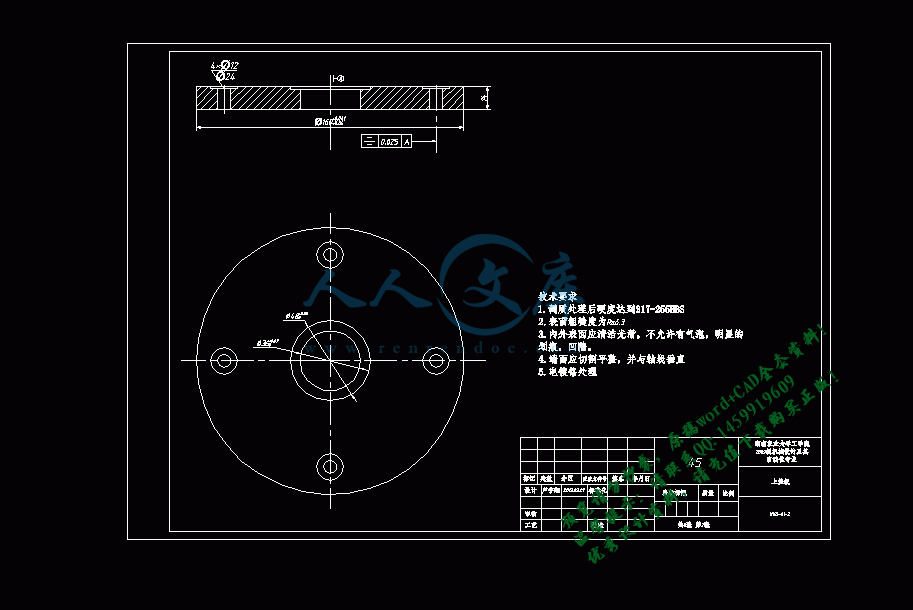
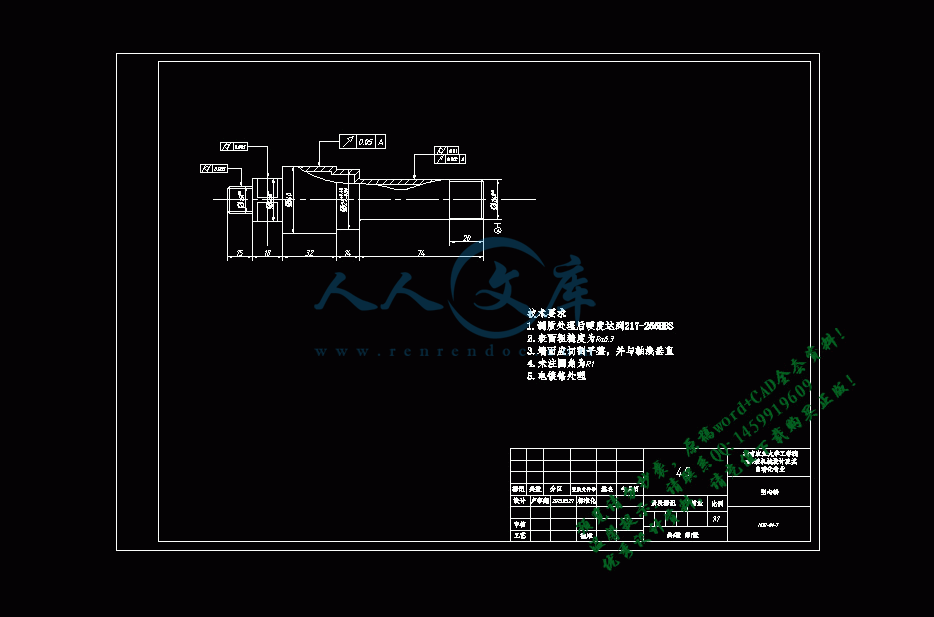
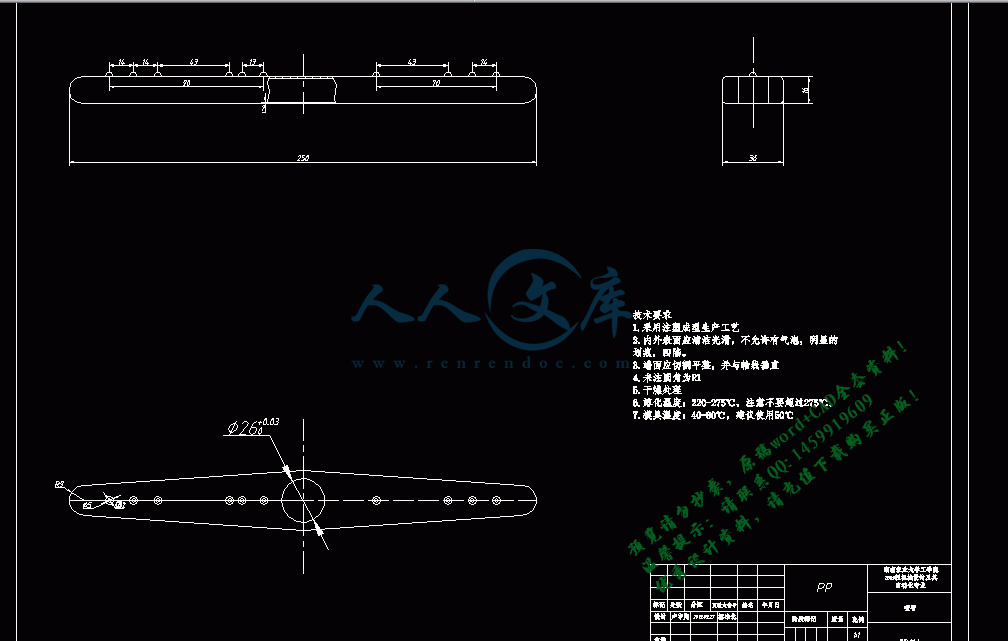

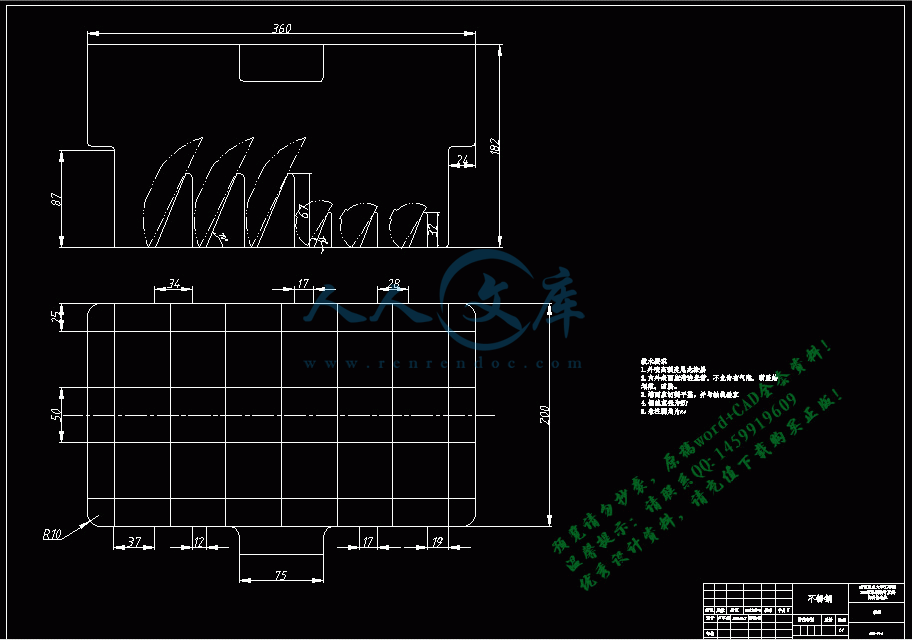
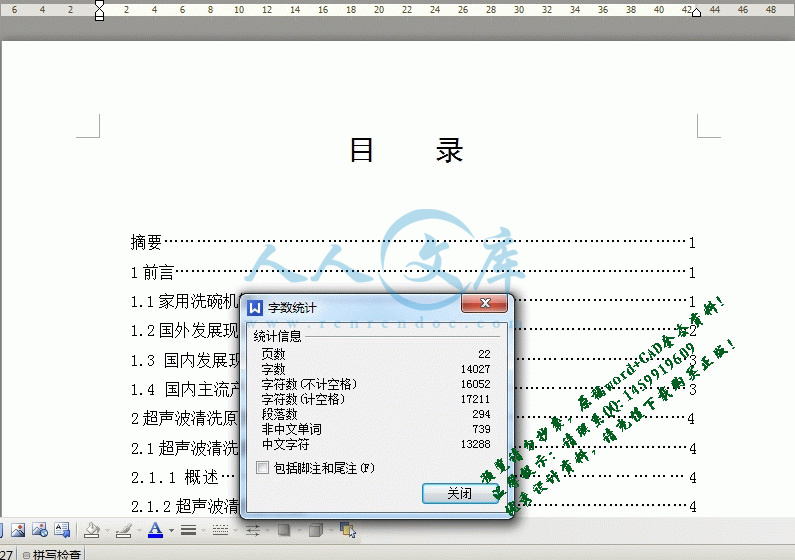
 川公网安备: 51019002004831号
川公网安备: 51019002004831号